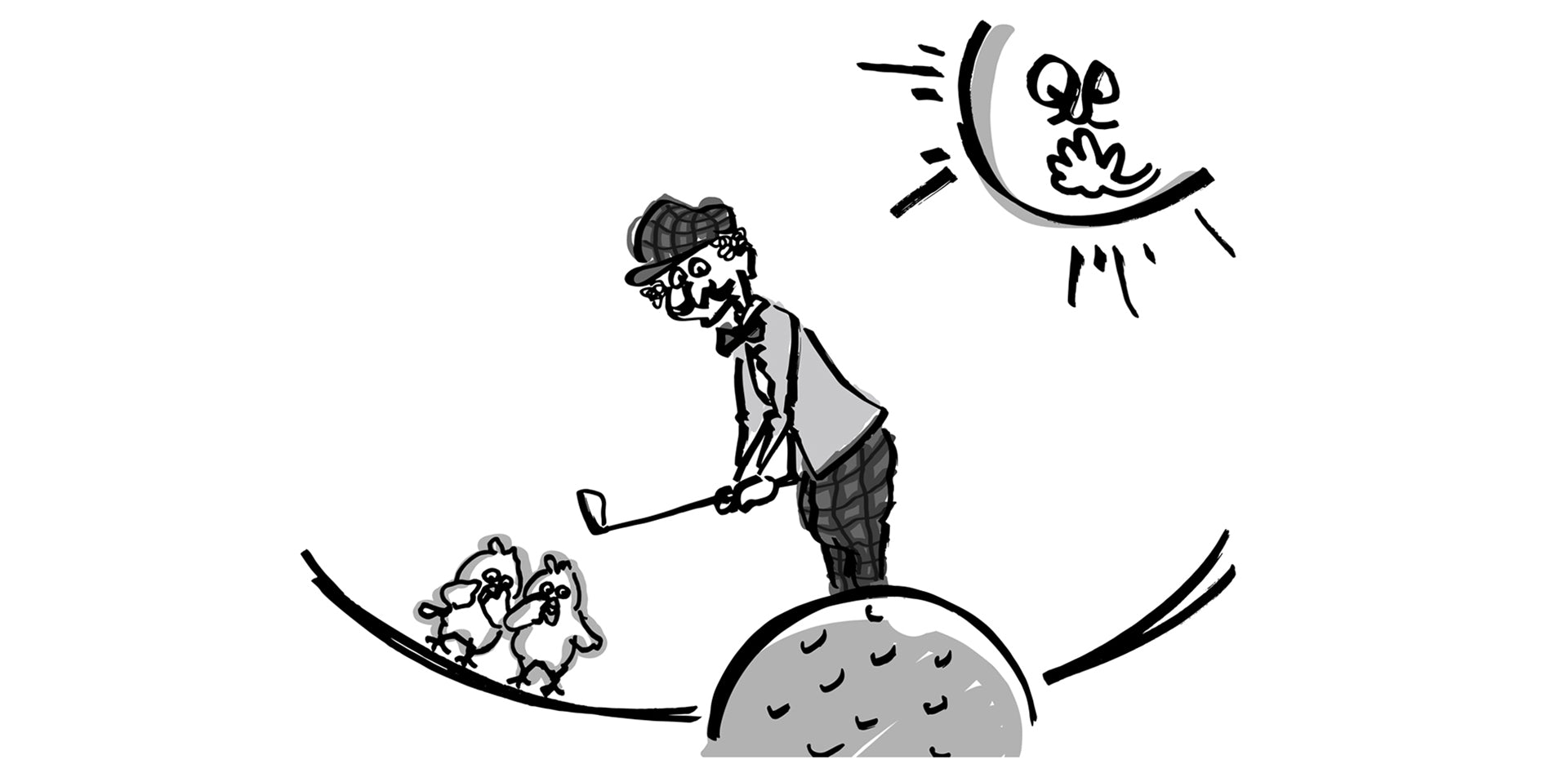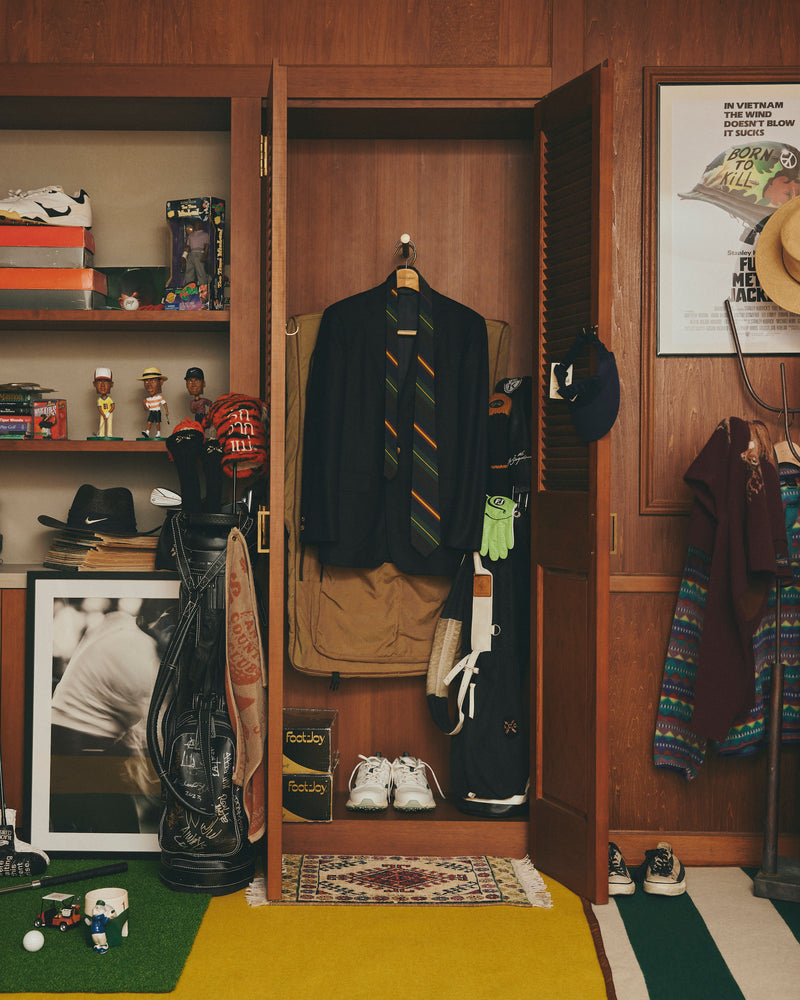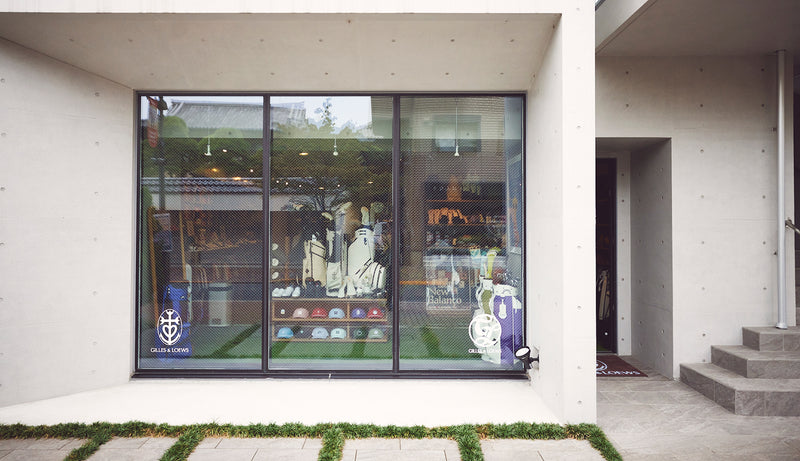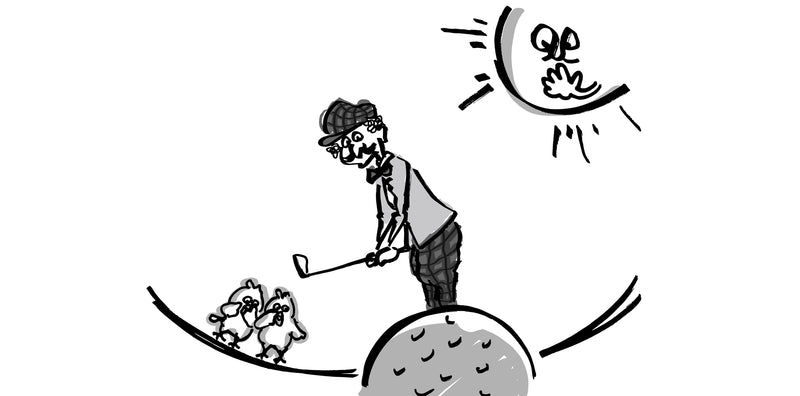HANG OUT VOL.3
Let's Play Fast
Chapter 08
HANG OUT VOL.3Let's Play Fast
A collection of golf etiquette you should know.
The crucial difference between golf and other sports is that there is no referee. Therefore, golfers must act as judges themselves. People who are just starting to play golf or considering playing their first round must have the correct knowledge. However, being too formal is boring, so this time we will introduce some etiquette that you just need to remember. The key word is "play first," which is the most important thing in golf these days.
Chapter 08 | Let's Play Fast

This article is exclusive to monthly members
To read more
料金プラン
月額
¥880
(税込)
All articles are free to read. All content is free during the trial period.
Buy a Monthly Membership Log in










